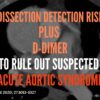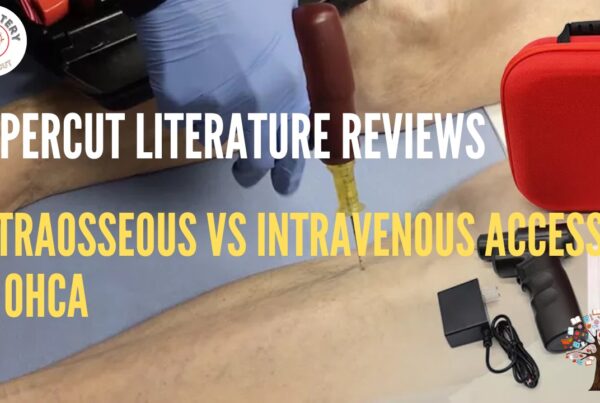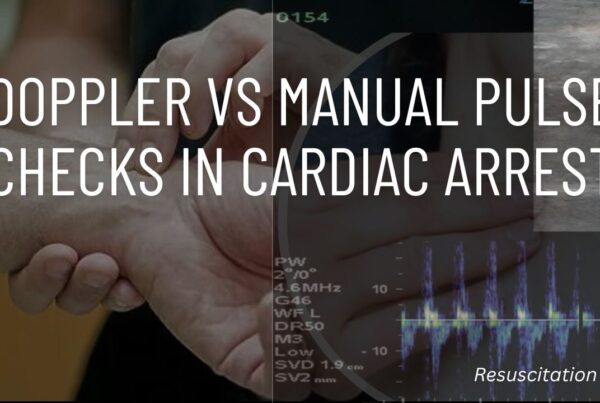WHICH TRAUMATIC ELBOW INJURIES SHOULD WE BE REFERRING FOR XRAY?
I spend a considerable amount of my time working in remote environments where diagnostic resources are limited. This has led me to look for clinical decision aids to assist in the diagnoses of injury or illness without sending my patients for (often very distant) diagnostic testing. The majority of practitioners in Australia have convenient and rapid access to plain radiology, so these concerns are not so applicable to them. As responsible practitioners we are obliged to consider the potential harm of any intervention or test we do and although minimal there is a radiation dose associated with an extremity x-ray (0.01 mSv) (1). This is associated with a negligible risk of malignancy, see table below, but uses clinical time in the acquisition and interpretation of the X-ray. The elbow X-ray is one of the commonest X-rays requested, accounting for 435,202 X-ray series, 1.05% of all requests, in UK in 1998 (1).
Extracted from: “Radiation and your patients, a guide for medical practitioners” International Commission on Radiation Safety.
The elbow extension test: The evidence.
There have been several studies to outline and validate a clinical examination to guide clinicians to when radiology is required. The largest well designed trial comprised of a multicentre prospective interventional validation study of the “elbow extension test” in adults, combined with a multicentre prospective observational study in children (2). The study recruited 958 adults and 778 children over a 21 month period at 5 emergency departments in UK.
Adults were screened with the elbow extension test described by the authors as: “The seated patient, with exposed and supinated arms, is asked to flex their shoulders to 90 degrees and then fully extend and lock both elbows. Injured and uninjured sides are compared visually and those with equal extension recorded as “full extension.”
Those with full extension were discharged without X-ray and followed up by telephone 7-10 days later. Quite conservative guidelines for recall for review were used to identify any missed injuries (there were 5, 2 of which required operative intervention).
Children underwent screening and documentation and were referred for imaging at the discretion of the clinician.
On statistical analysis the test was found to have the sensitivities and specificities shown (95% CI in brackets)
Discussion:
This study appears well designed and the sensitivities of the elbow extension test appear to be similar to the study by Lennon et al (3). The Lennon paper used a full range of movement as a negative test, but excluded those patients “not requiring an X-ray” allowing for clinician bias.
Although not perfect, the elbow extension test has similar sensitivity to the Ottowa Ankle Rules which are accepted in clinical practice (4).
Conclusion:
The elbow extension test is an acceptable screening tool to guide the clinician as to the need for x-rays in patients who present with traumatic elbow injury within 72hrs of the injury. It should be noted that those who are discharged should be instructed to represent if symptoms have not resolved in 7 days.
References:
1) National Patient Dose Database UK. National Radiological Protection Board UK. 1998
2) A Appelboam, A D Reuben, J R Benger, F Beech, J Dutson, S Haig, I Higginson, J A Klein, S Le Roux, S M Saranga, R Taylor, J Vickery, R J Powell, G Lloyd. Elbow Extension test to rule out elbow fracture: multicentre, prospective validation and observational study of diagnostic accuracy in adults and children. BMJ 2008;337:a2428
3) Robert I Lennon, Manjeet S Riyat, Rachel Hilliam, G Anathkrishnan, Gerry Alderson. Can a normal range of elbow movement predict a normal elbow x ray? Emerg Med J 2007;24:86–88.
1) Bachmann LM, Kolb E, Koller MT, Steurer J, ter Riet G. Accuracy of Ottawa ankle rules to exclude fractures of the ankle and mid-foot: systematic review. BMJ. 2003 Feb 22;326(7386):417
Will Davies













